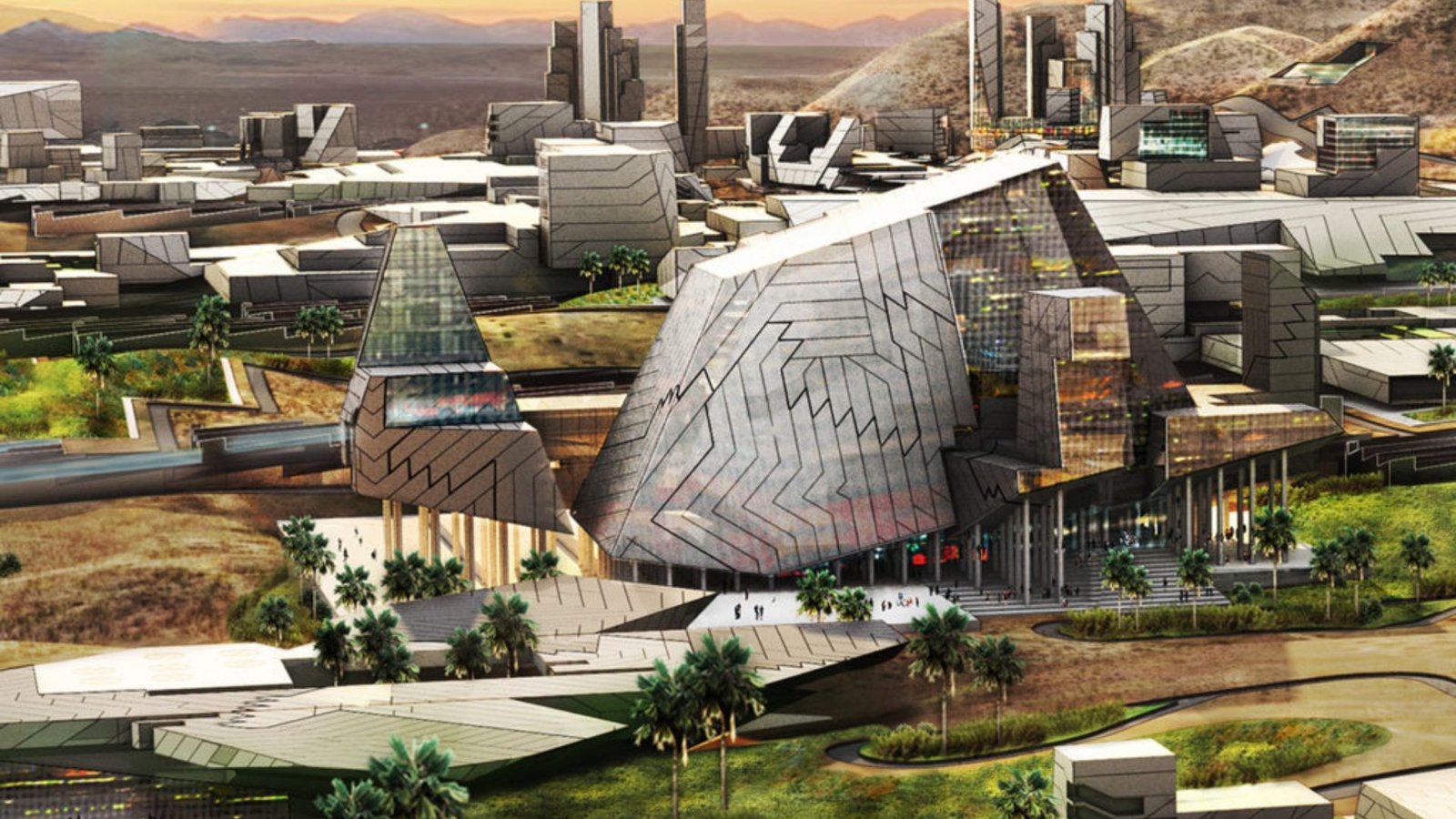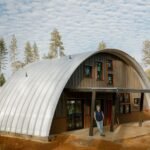Architecture and the Future of Urbanization
As cities around the world continue to grow at unprecedented rates, architecture plays a pivotal role in shaping the future of urbanization. From sustainable infrastructure to innovative design solutions, architects are reimagining urban landscapes to accommodate population growth, enhance livability, and promote environmental stewardship. Let’s explore how architecture is influencing the future of urbanization and what trends are emerging in response to these dynamic challenges.
Introduction to Architecture and Urbanization
Architecture not only defines the physical form of cities but also influences their social dynamics, economic activities, and environmental footprint. As urban populations swell and resources become scarcer, architects are tasked with designing resilient, efficient, and inclusive urban spaces that can sustainably support millions of people.

1. Sustainable Urban Design
Sustainable urban design focuses on minimizing environmental impact and enhancing resource efficiency. Architects incorporate green spaces, renewable energy systems, and efficient transportation networks to create eco-friendly cities.
2. Vertical Urbanism
Vertical urbanism responds to limited horizontal space by constructing high-rise buildings and skyscrapers. These structures maximize land use, reduce urban sprawl, and accommodate growing populations in dense urban centres.
3. Mixed-Use Developments
Mixed-use developments integrate residential, commercial, and recreational functions within a single complex. This approach promotes walkability, reduces commute times, and creates vibrant, self-sustaining communities.
4. Smart Cities and Digital Integration
Smart cities utilize digital technologies and IoT (Internet of Things) to optimize urban operations, improve connectivity, and enhance quality of life. Architects design interconnected infrastructures that support data-driven decision-making and responsive urban management.
5. Adaptive Reuse and Retrofitting
Adaptive reuse involves transforming existing buildings and infrastructure into new functional spaces. Architects retrofit old structures with modern amenities, preserving cultural heritage and reducing construction waste.
6. Resilient Architecture
Resilient architecture designs buildings and infrastructure to withstand natural disasters, climate change impacts, and other unforeseen challenges. Architects integrate resilient materials and adaptive strategies to enhance urban safety and sustainability.
7. Green Infrastructure and Urban Farming
Green infrastructure includes parks, green roofs, and urban farming initiatives that improve air quality, regulate temperature, and promote biodiversity in cities. Architects design sustainable landscapes that enhance urban resilience and community well-being.
8. Transit-Oriented Development (TOD)
Transit-oriented development focuses on designing compact, mixed-use communities around public transportation hubs. Architects prioritize pedestrian-friendly designs and accessible transit options to reduce car dependency and congestion.
9. Affordable Housing Solutions
Architects collaborate with urban planners and policymakers to design affordable housing solutions for diverse socioeconomic groups. Innovative housing typologies, such as micro-apartments and co-living spaces, address urban housing shortages and affordability challenges.
10. Community Engagement and Participatory Design
Community engagement ensures that urban design projects reflect local needs, preferences, and cultural identities. Architects use participatory design processes to empower communities and foster inclusive urban development.
11. Climate-Responsive Architecture
Climate-responsive architecture incorporates passive design strategies to optimize energy efficiency and thermal comfort. Architects design buildings with natural ventilation, shading devices, and energy-efficient materials to mitigate climate impacts.
12. Urban Resilience and Adaptation Strategies
Architects collaborate with urban planners and engineers to develop resilience and adaptation strategies that safeguard cities against climate change, natural hazards, and socio-economic disruptions.
13. Regenerative Design Principles
Regenerative design principles aim to restore and enhance urban ecosystems while minimizing environmental impact. Architects prioritize circular economy practices, sustainable materials, and zero-waste strategies in urban development.
14. Human-Centric Design
Human-centric design prioritizes the well-being and experiences of urban inhabitants. Architects create inclusive, accessible, and culturally relevant spaces that promote social interaction, health, and happiness.
Conclusion
Architecture is at the forefront of shaping the future of urbanization, responding to global challenges with innovative solutions that prioritize sustainability, resilience, and livability. By embracing sustainable practices, digital integration, community engagement, and adaptive strategies, architects are laying the groundwork for resilient cities that can thrive in an uncertain future.



